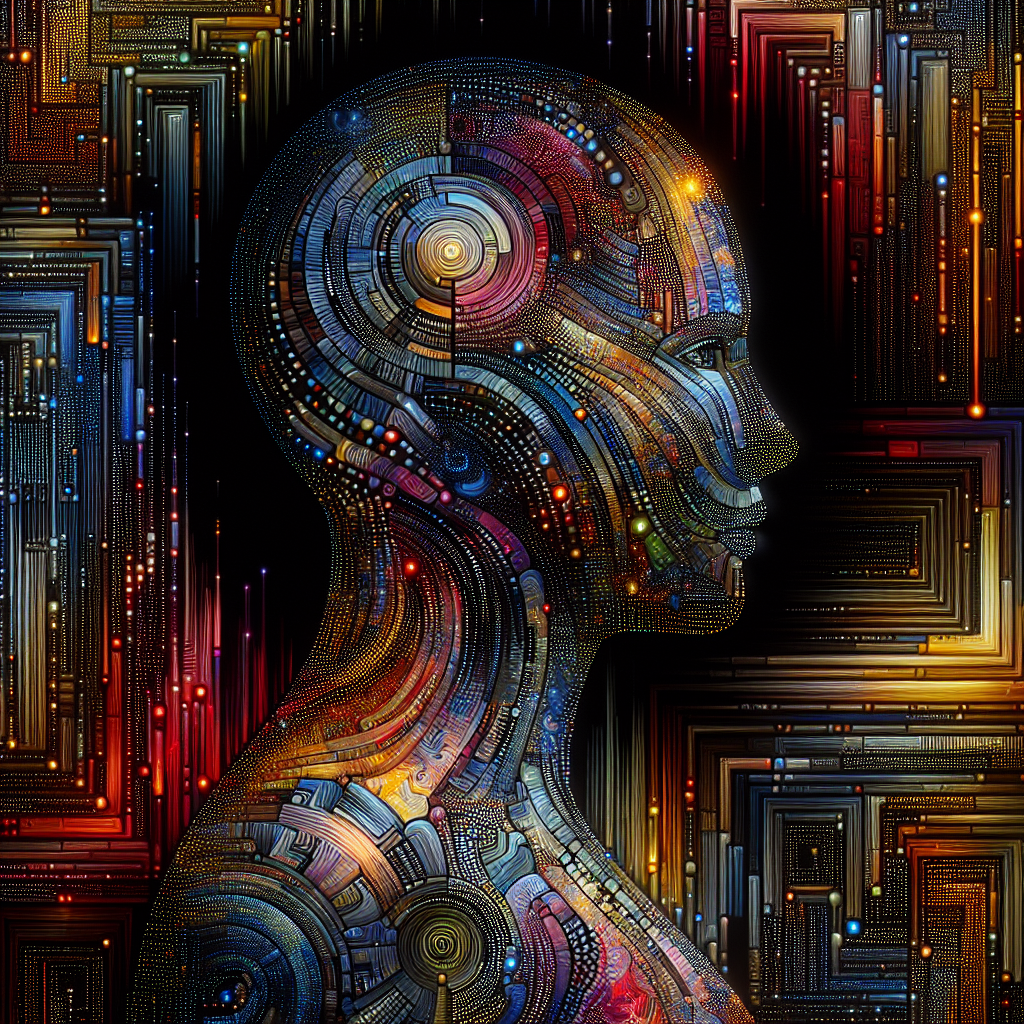Generative AI, also known as Generative Adversarial Networks (GANs), are a type of artificial intelligence that is revolutionizing the field of visual arts. These systems have the ability to create new, original images, videos, and other visual content that mimic the style of human artists, and in some cases, even surpass them. With the rapid advancements in technology, Generative AI is redefining the future of visual arts by expanding the creative possibilities for artists and designers.
One of the most notable applications of Generative AI in the visual arts is the creation of deepfake videos. Deepfake technology uses generative models to superimpose the face of one person onto another in a realistic manner. While deepfakes have raised concerns about the potential for misinformation and image manipulation, they also showcase the power of Generative AI to create hyper-realistic visual content.
Another key application of Generative AI in visual arts is the generation of artwork based on specific styles or genres. Artists and designers can use GANs to create new pieces of art that are inspired by the works of famous painters, such as Picasso or Van Gogh. This allows for the exploration of new artistic styles and techniques, as well as the creation of unique and original artwork.
Generative AI is also being used in the field of fashion design, where it can generate new clothing designs based on existing styles or trends. Designers can use GANs to create virtual fashion collections, which can then be produced and sold to consumers. This technology has the potential to revolutionize the fashion industry by allowing for the rapid prototyping and production of new clothing designs.
In addition to its applications in art and design, Generative AI is also being used in the field of filmmaking to create realistic visual effects and animations. By generating digital characters and environments, filmmakers can save time and resources on costly production processes. This technology has the potential to revolutionize the way films are made, allowing for greater creativity and innovation in the visual storytelling process.
Overall, Generative AI is redefining the future of visual arts by expanding the creative possibilities for artists and designers. With its ability to generate new, original visual content, GANs are revolutionizing the way we create and consume art. As technology continues to advance, we can expect to see even more innovative applications of Generative AI in the visual arts, pushing the boundaries of creativity and imagination.
FAQs:
Q: How does Generative AI work?
A: Generative Adversarial Networks (GANs) work by pitting two neural networks against each other – a generator and a discriminator. The generator creates new images based on a set of input data, while the discriminator evaluates the generated images to determine if they are real or fake. Through this process, the generator learns to create increasingly realistic images, until it is able to produce images that are indistinguishable from real ones.
Q: What are some common applications of Generative AI in visual arts?
A: Some common applications of Generative AI in visual arts include the creation of deepfake videos, the generation of artwork based on specific styles or genres, and the design of virtual fashion collections. Generative AI is also being used in filmmaking to create realistic visual effects and animations.
Q: What are the ethical implications of using Generative AI in visual arts?
A: The use of Generative AI in visual arts raises ethical concerns related to copyright infringement, misinformation, and image manipulation. Artists and designers must be mindful of these issues when using GANs to create new artwork, and take steps to ensure that their work is original and ethically produced.
Q: How is Generative AI redefining the future of visual arts?
A: Generative AI is redefining the future of visual arts by expanding the creative possibilities for artists and designers. With its ability to create new, original visual content, GANs are revolutionizing the way we create and consume art. As technology continues to advance, we can expect to see even more innovative applications of Generative AI in the visual arts, pushing the boundaries of creativity and imagination.

